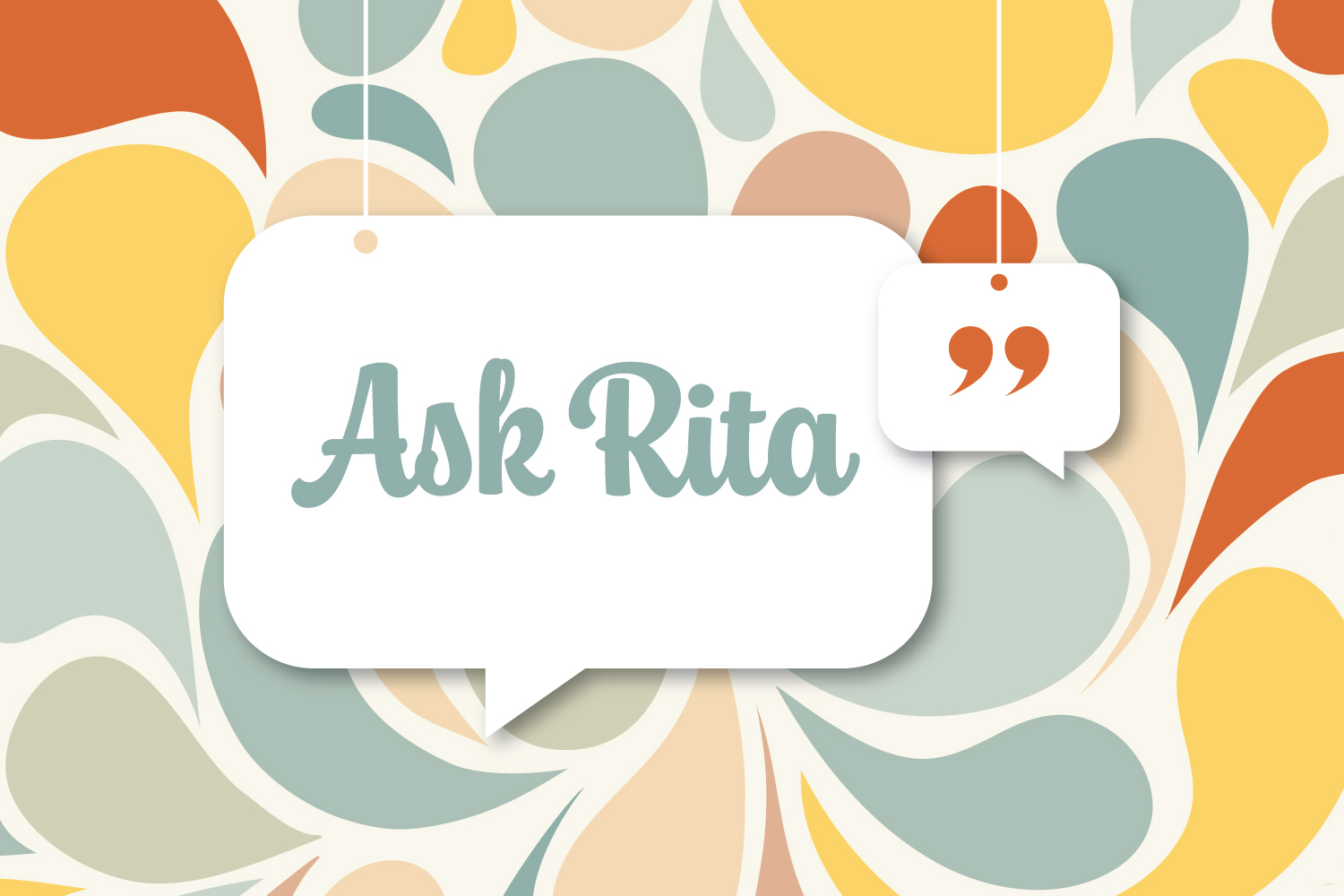Ask Rita: What Is a Hostile Work Environment?
Unhappy employees sometimes say they are working in a “hostile work environment”. Here’s what that means, and when to investigate it.

How to approach using the label when a protected class isn’t involved.
Dear Rita:
I’m uncertain how to handle a growing trend among my employees.
Whenever some of our employees are unhappy about the way things are going at work, they say they are working in a “hostile work environment.” These accusations sometimes seem to come more as a reflex response to petty insults, rudeness, or even a negative job review.
In addition, often when this label is used, there does not seem to be a protected class involved or anything discriminatory or harassing about the accusation. However, I know that this phrase is used legally to describe a work environment that is affected by behavior such as sexual or racial harassment—in other words, treatment that does involve an employee’s protected status.
I also know that an allegation of a hostile work environment in circumstances involving a protected class, say, in a sexual harassment case, requires investigation and resolution of the claims. Does this mean that I need to investigate every complaint that includes the phrase hostile work environment when there is nothing hostile to investigate and when some employees seem to use the phrase broadly for all manner of minor infractions?
Signed,
Who’s Hostile?
Dear Who’s Hostile:
Your frustration is understandable. The term hostile work environment has been misunderstood to the point of becoming a buzz phrase often invoked when an employee experiences something unpleasant in the workplace. This misuse of the phrase trivializes the serious nature of what it was intended to prevent and remedy.
What is a hostile work environment?
This phrase under Title VII describes a form of sexual harassment liability generally defined as a work environment permeated by pervasive, unwelcome, and severe behavior and conduct, where that conduct is motivated by the victimized employee’s being a member of a protected class—typically, but not always, sex. The term is also properly used in situations where this conduct is directed at other protected classes, such as age, race, or disability.
Sexual harassment could include the following conduct:
- Unwelcome sexual advances
- Requests for sexual favors
- Verbal conduct of a sexual nature
- Physical conduct of a sexual nature
By contrast, many courts and commentators have noticed the inaccurate use of the hostile work environment and have made it clear what does not create a hostile work environment—behavior such as the following:
- Mere rudeness
- A supervisor or coworker being short or abrupt in communication style
- A coworker in the next workspace playing music too loudly or not to the complainant’s taste
- Having one’s soda taken from the office refrigerator by an unidentified thief
A frequent misuse of the label hostile work environment occurs when an employee receives a job evaluation or review that is unfavorable in any way or with which the employee disagrees. When the manager discusses that evaluation with the employee, even in the most genial terms, the employee may then adopt the attitude that their work environment has become “hostile” and complain.
As has been confirmed many times in court, however, such incidents do not create a hostile work environment in the sense intended by Title VII. The protections of Title VII are intended to be neither a code of workplace civility nor a shield for any employee who disagrees with a supervisor’s legitimate exercise of their responsibility to evaluate work performance and enforce legitimate workplace standards and expectations.
And yet the concept is often misunderstood. You are not alone in having to deal with the consequences.
It helps to explain to employees what “hostile work environment” means.
When an employee uses hostile work environment in a complaint, it does trigger the need for management to investigate. If the allegation holds up, deal with the issue firmly and fix the problem. If the allegation doesn’t—that is, if there is nothing that implicates harassment based on a protected class or activity—then this is just another example of the need to balance and resolve the sorts of conflicts that inevitably arise in any workplace. An HR action may be called for, but not an action supervised by the law.
Repeatedly investigating false accusations can consume significant time and energy. If you don’t want every trivial workplace disagreement labeled a contribution to the hostile work environment—and you want to ensure that true harassment is caught and properly dealt with—explain to your employees what this phrase means and what it does not. Devoting time to discussing this topic in a sexual harassment training, for example, would go a long way toward clarifying it.
The training not only would help eliminate the misapplication of this phrase to minor disputes, but also would reinforce the importance of remaining alert to any actual hostile conduct and harassment in the workplace, which the law clearly wants to eliminate.
You might also like:
- As Nonprofits Face the DEI Wars, Can a “Prohuman” Approach Help?
- Five Internal Controls for the Very Small Nonprofit
- Drive Your Nonprofit’s Mission by Investing in Your People
- Supporting Caregiver Employees in the Nonprofit Sector
- Increase Safety for Your Nonprofit’s Team
You made it to the end! Please share this article!
Let’s help other nonprofit leaders succeed! Consider sharing this article with your friends and colleagues via email or social media.
About the Author
Mike Bishop is a member of the State Bar of California and has been admitted to practice in a number of federal district courts in both California and Ohio. During his legal career, Mike worked for 32 years with a Sacramento law firm, where he focused on employment litigation in both state and federal courts. During that time, he defended employers in litigation.
In 2016, he began his work as an Employment Risk Manager for the Nonprofits Insurance Alliance, assisting nonprofits in evaluating employment risks. Mike lives in Lakewood, Ohio, and is a graduate of the University of California, Davis, with a bachelor’s degree in political science, and a 1982 graduate of the University of the Pacific, McGeorge School of Law.
Articles on Blue Avocado do not provide legal representation or legal advice and should not be used as a substitute for advice or legal counsel. Blue Avocado provides space for the nonprofit sector to express new ideas. The opinions and views expressed in this article are solely those of the authors. They do not purport to reflect or imply the opinions or views of Blue Avocado, its publisher, or affiliated organizations. Blue Avocado, its publisher, and affiliated organizations are not liable for website visitors’ use of the content on Blue Avocado nor for visitors’ decisions about using the Blue Avocado website.








What about harassment that is not based on the recipient’s protected class, but is relentless and intended to make an employee so miserable that they will leave? It perhaps is not a “hostile work environment” but it is indeed a hostile work environment. Do we need a different term for that?
I’m aware of the term “constructive dismissal” where conditions are made so miserable that drives an employee to quit. In some states, the employee may still receive unemployment benefits if they quit and claim constructive dismissal. Note that I am not an expert, but have known folks in this situation that were successful at securing benefits in this situation.